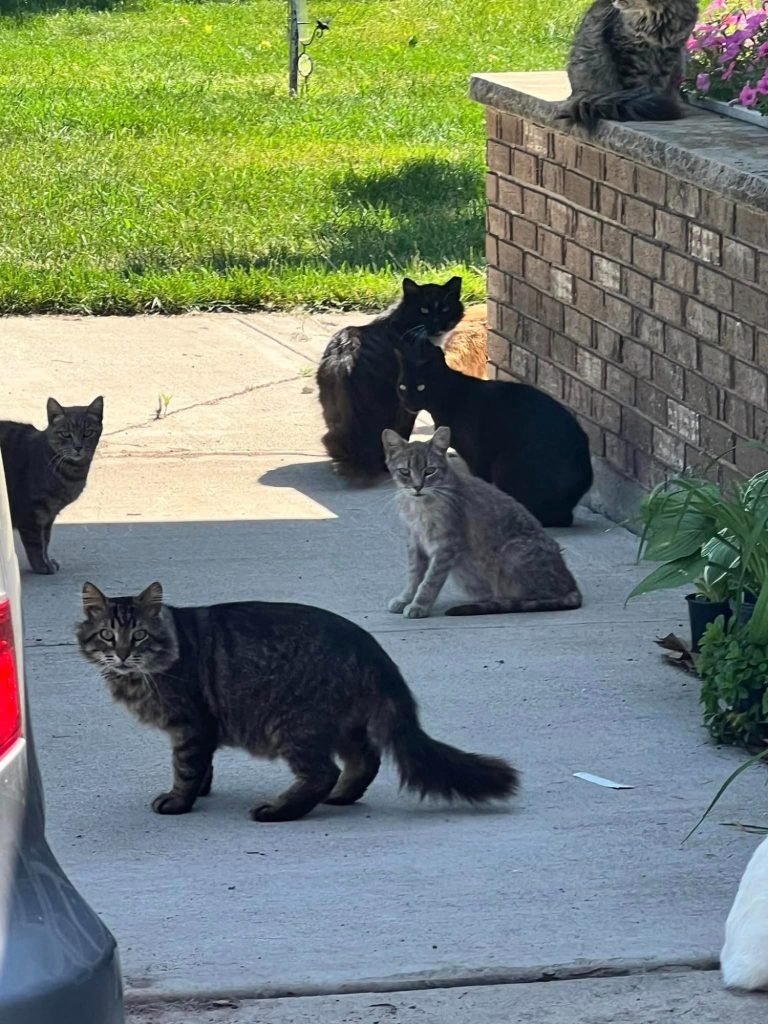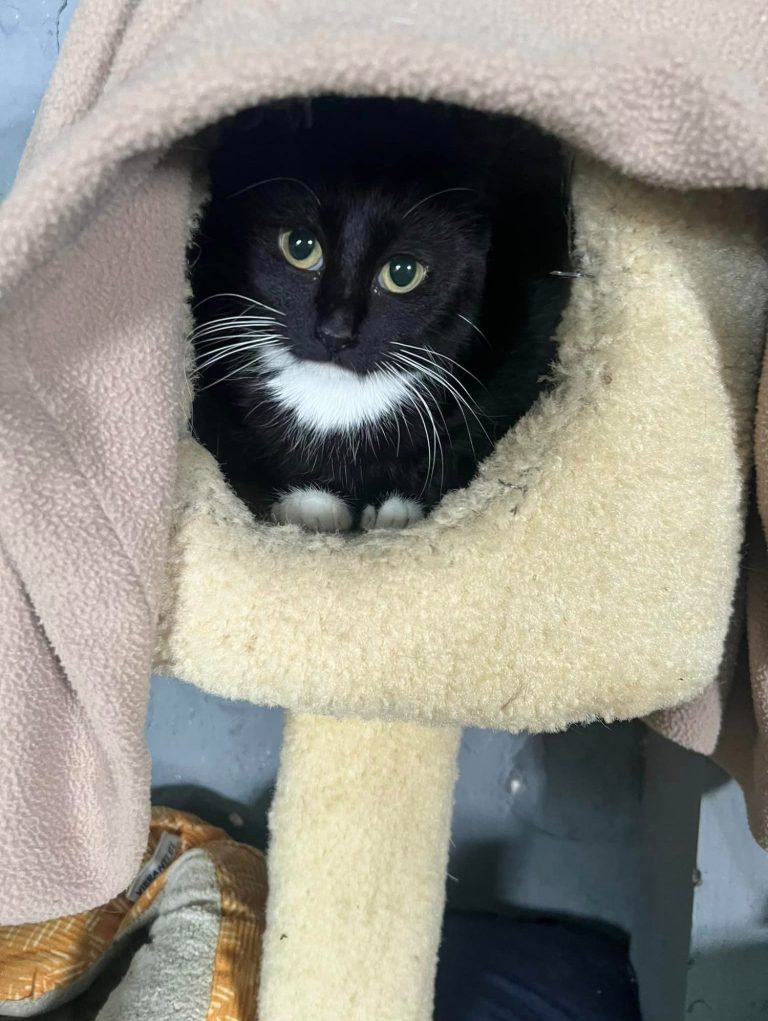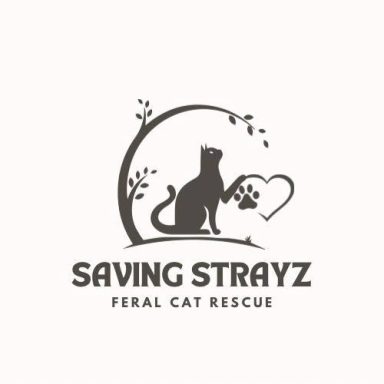

Spay and Neuter Benefits
Two uncontrolled breeding cats create the following:
- Two litters a year – at a survival rate of 2.8 kittens per litter with continued breeding
- 12 cats in the first year
- 67 cats in the second year
- 376 cats in the third year
- 2,107 cats in the fourth year
- 11,801 cats in the fifth year and so on
- … multiplying to a staggering 11,606,077 cats in the ninth year!
American Humane reports that 9.6 million cats and dogs are still being euthanized each year.

Top 3 Reasons to Spay and Neuter
- It helps to reduce companion animal overpopulation. Most countries have a surplus of companion animals and are forced to euthanize or disregard their great suffering. The surplus is in the millions in the United States. Cats are 45 times as prolific, and dogs 15 times as prolific, as humans. They do not need our help to expand their numbers; they need our help to reduce their numbers until there are good homes for them all.
- Sterilization of your cat or dog will increase his/her chance of a longer and healthier life. Altering your canine friend will increase his life an average of 1 to 3 years, felines, 3 to 5 years. Altered animals have a very low to no risk of mammary gland tumors/cancer, prostate cancer, perianal tumors, pyometria, and uterine, ovarian and testicular cancers.
- Sterilizing your cat/dog makes him/her a better pet, reducing his/her urge to roam and decreasing the risk of contracting diseases or getting hurt as they roam. Surveys indicate that as many as 85% of dogs hit by cars are unaltered. Intact male cats living outside have been shown to live on average less than two years. Feline Immunodeficiency Virus (FIV) is spread by bites and intact cats fight a great deal more than altered cats.

Additional Benefits
- Your community will also benefit. Unwanted animals are becoming a very real concern in many places. Stray animals can easily become a public nuisance, soiling parks and streets, ruining shrubbery, frightening children and elderly people, creating noise and other disturbances, causing automobile accidents, and sometimes even killing livestock or other pets. (The American Veterinary Medical Association)
- The capture, impoundment and eventual destruction of unwanted animals costs taxpayers and private humanitarian agencies over a billion dollars each year. As a potential source of rabies and other less serious diseases, they can be a public health hazard. (The American Veterinary Medical Association)
savingstrayz.net
©Copyright. All rights reserved.
We need your consent to load the translations
We use a third-party service to translate the website content that may collect data about your activity. Please review the details in the privacy policy and accept the service to view the translations.
